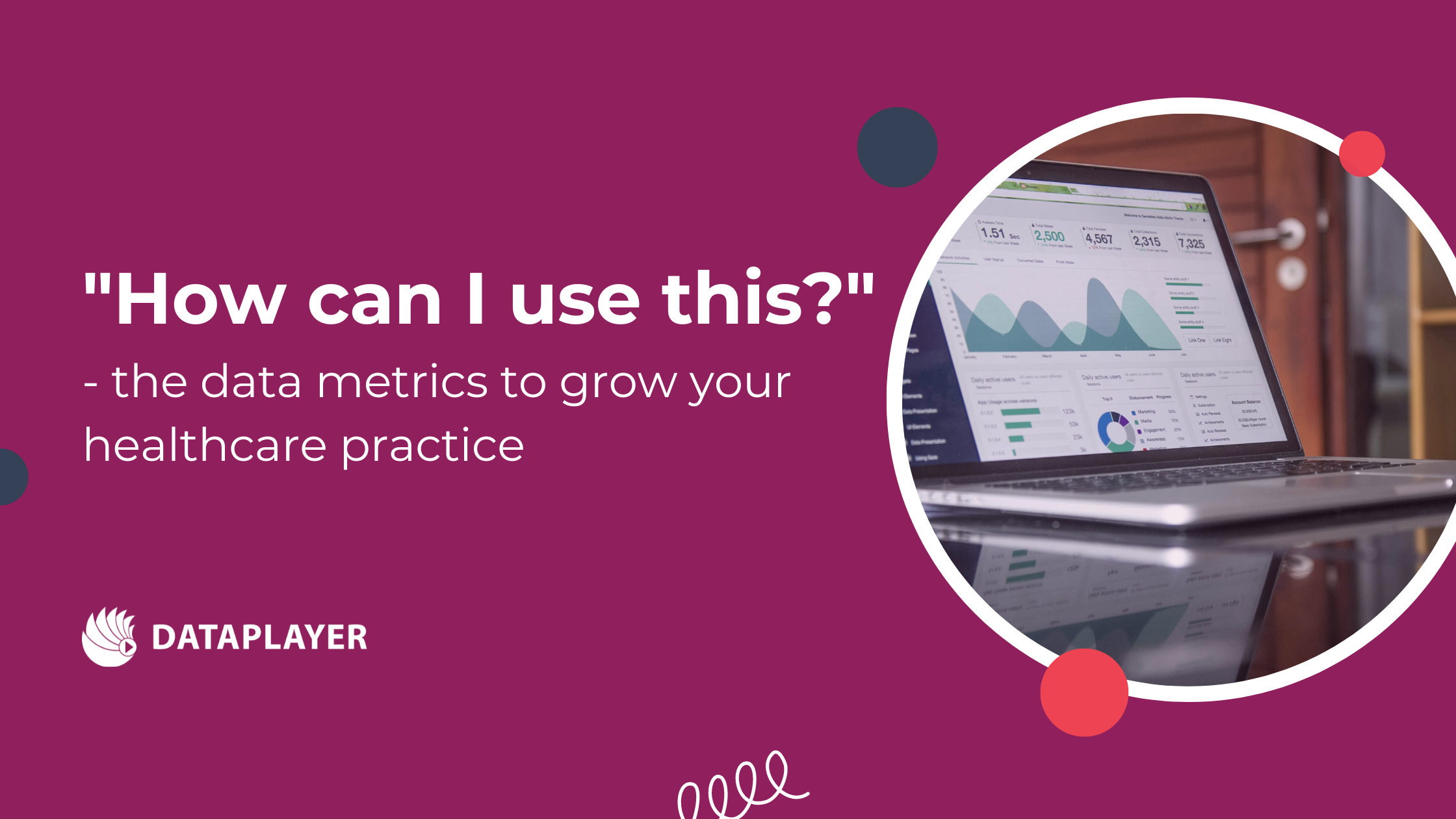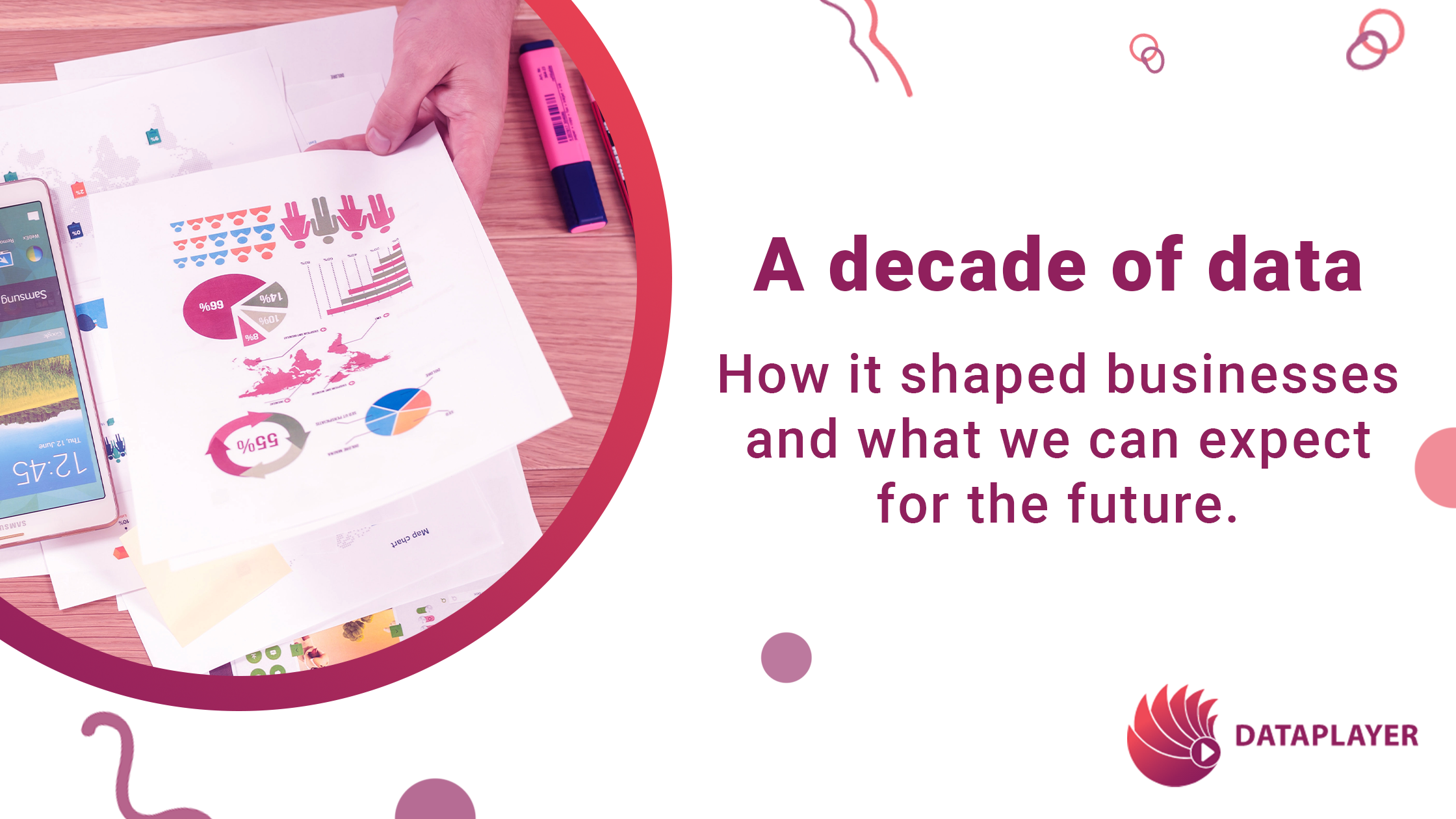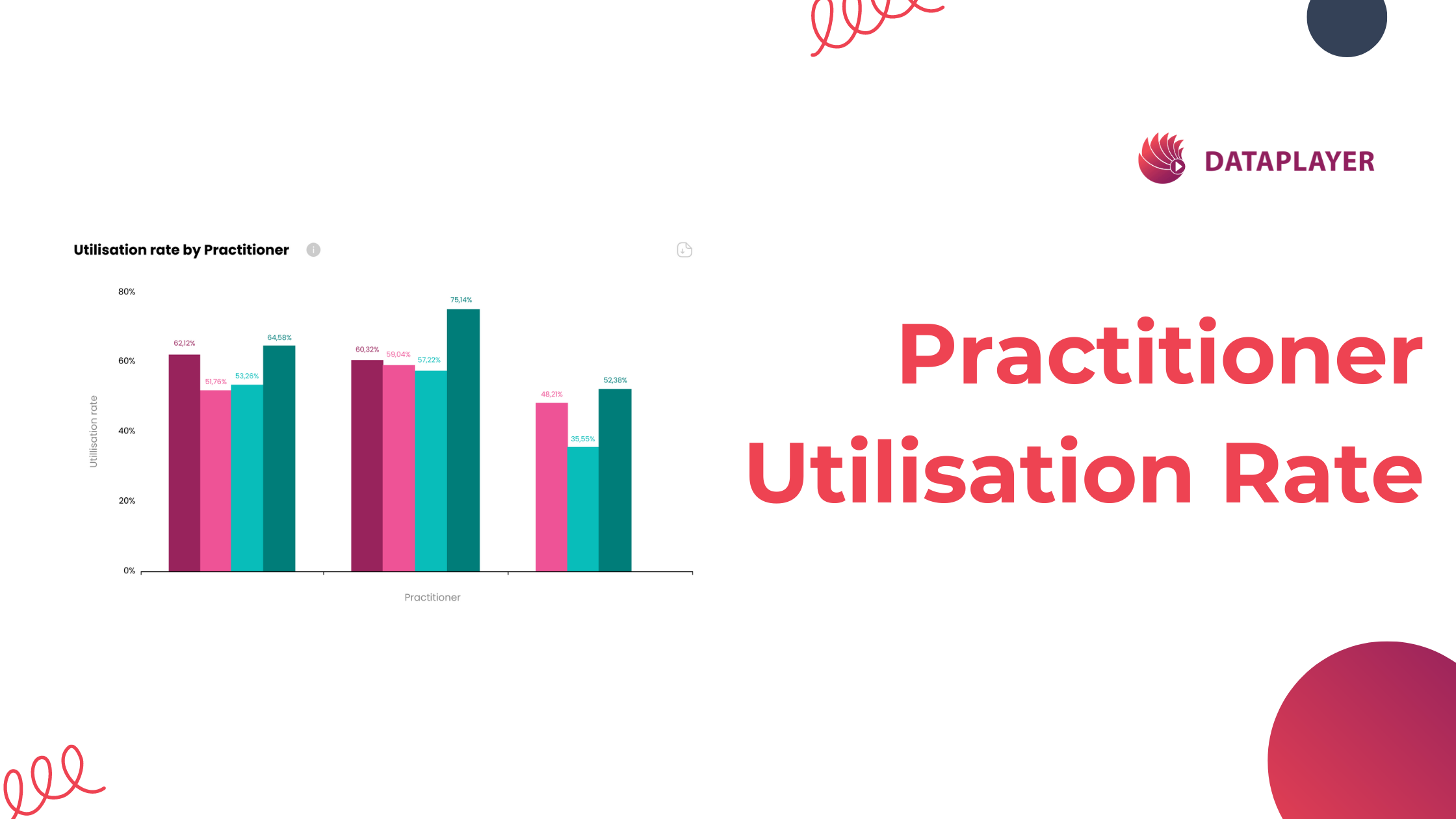“How can I use this?” – the data metrics to grow your healthcare practice
If you have embraced the digital evolution and have turned into a data-friendly professional, you are already one step closer to the impactful world of data analytics and visualisation. Often when stumbling upon raw data or graphs, as a business professional the first question that pops up is “how can I use this?”. You may have started tracking data, but how can you generate value from that? All those pretty colourful graphs and metrics are more than that – they can offer you insights and lead your decision-making to grow your practice.
Meaning?
All this means, data metrics can help you:
- Evaluate your performance
- Set targets and get the whole team aligned
- Have a strong tool for all communications with stakeholders
- Identify problems and causes
Enough general talk, let’s get into the allied healthcare industry. Ana Limani, product manager of Dataplayer guides us into the metrics which can have a huge impact for practice growth. Dataplayer is a data visualisation tool dedicated to allied healthcare professionals that transforms raw data from your PMS to insightful graphs, tables and reports.
“Working with clinics around Australia, New Zealand and the UK has allowed us to better understand the complexity of the industry and the daily challenges they face. And helping on that is our biggest vision – data analytics doesn’t have to be a process you need to invest lots of money and time on. It is literally just one API Key connection away.”
Depending on the size of their practice, practitioners can track different metrics to suit their needs. Some that can be mentioned:
- Revenue by appointment type or revenue by practitioner
Tracking the general revenue for a period of time helps you see how the clinic is performing compared to the previous month/year. To dive deeper, you can see the revenue by appointment type in order to understand which one contributes most to your overall revenue. You can decide to prioritise one of the types, discontinue the other or take different actions according to your business decisions. If your team consists of several practitioners, you can also track how much revenue they bring in by offering their services. You can reward the best performing one, have a talk with another who is not meeting your objectives etc.
- Appointments by type and new patients by appointment type
Which service do your patients need and prefer more? Have you noticed lots of new patients coming in for a specific treatment? You can keep track and analyse all these by using your appointments data. You may notice different appointment types having higher visits during some months, analyse customer behaviour and decide to offer services on a special offer next time (for example, you can see aesthetic treatments more popular in January since new beginnings empower people to make improvements or changes). You may decide to create packages with different services to target new patients etc.
- Treatment cycle
How many services does a patient use before completing what we can call “a treatment cycle”? If you track patient lifetime visits or patient’s lifetime value, you can define that. For example, in mental health therapy services, this is such a valuable insight to help you see how many sessions does a patient usually need to see progress or no longer need help on their issues. In other fields, you can use the information to improve your products and services.
- Clients by age group, gender, location etc.
The data analytics not only serves you for organisational management and business decision-making. Marketing strategies and targeting is calling! You can use the clients by age group, gender, location etc. data to create a persona of your target patient. Using these demographics, you can plan social media and marketing campaigns and be more effective.
These are only some examples to illustrate the great value you get.
“When working with data it is important to know what your needs are as a business, which metrics can help you on those, how to measure them etc. What brings value to a single practitioner doesn’t do the same for a group of clinics. That is why at Dataplayer we work with each customer to personalise their dashboard and make it work for them.”
Data analytics can be the power source to grow your practice, so let tools like Dataplayer become your support system while you focus on patient experience and making an impact in healthcare.






